The Best Remixes for Wedding DJs 2023

Wedding season has arrived! DJcity’s Remix Director Sir Marcus has put together a list of wedding-friendly tracks guaranteed to freshen up your DJ sets and...
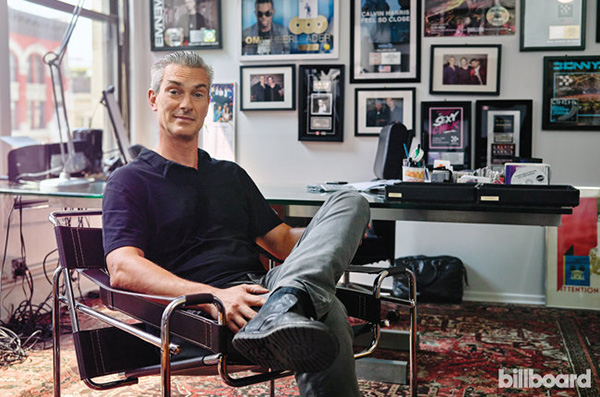
Despite getting his start by throwing underground parties in the 1980s, Ultra Music Founder and President Patrick Moxey has always wanted to make the genre as popular as possible.
In 2013, the 49-year-old got closer to that goal when Ultra merged with Sony Music. Since then, Ultra has scored hits like Felix Jaehn’s remix of OMI’s “Cheerleader,” Robin Schulz’s remix of Mr. Probz’s “Waves,” and Chris Brown and Deorro’s “Five More Hours.” Ultra also won a heated bidding war for Kygo, the leading figure of the tropical house movement.
Billboard recently spoke with Moxey about his beginnings, Ultra’s crossover success, and the challenges that dance music faces.
On his background in hip-hop:
“I was working for Russell Simmons and that led to my first label, Payday Records, a hip-hop label through PolyGram. I signed Jeru the Damaja and managed [MC] Guru and DJ Premier from Gang Starr at the time. I was really getting a window into that scene — I was in the studio with Notorious B.I.G. when Premier was doing records with him; I met Tupac. But I also loved dance music, so I went to my boss and said, ‘Look, I think dance music is really on the way up.'”
On tropical house going mainstream:
“I remember when Britney Spears [her 2011 hit ‘Hold It Against Me’] did a dubstep bridge — that was a moment where dubstep went overground. I felt the same when I heard Justin Bieber’s ‘What Do You Mean?’ with the tropical flavors. But I guess that’s just a tribute to the quality. The mainstream has to incorporate it to be relevant.”
On dance music being single-driven:
“At first there was a certain amount of skepticism [at Sony] to working singles-driven dance acts — it was like, ‘Well, where’s the album?’ — but to some extent dance music is the closest thing to the 1950s, where you have the excitement of people buying singles. You can have a huge dance single every week — why not be the best at that?”
On the challenges that dance music faces:
“Everyone is making it — anyone with a laptop can make it. There’s no barrier to entry like there used to be, like paying $1,000 to go into a studio. The challenge is going to be reinvention, and reinvention requires musicality. That’s why I think the DJ culture peaked in 2013, and now we’ve moved to electronic artists, where you’ve got to be a real artist, from your live show to playing instruments. There’s no room for somebody to get up and just play a couple of records anymore. Think about how ahead of his time Moby was with his [1999] Play album, with all those deep Southern chants. That’s the type of innovation that will help build artists at this point, and that’s the kind of musical curiosity that dance music artists need to keep growing.”
Related: Billboard’s Top 30 EDM Power Players

Wedding season has arrived! DJcity’s Remix Director Sir Marcus has put together a list of wedding-friendly tracks guaranteed to freshen up your DJ sets and...
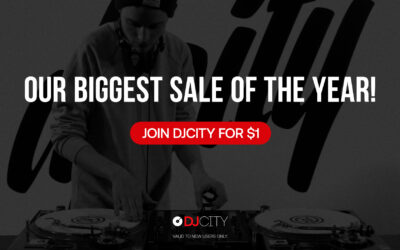
We just launched our biggest sale of the year! Get 90% off a DJcity membership and join for just $1 (regular price $10) for the first month when you check...
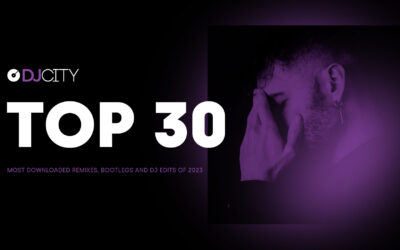
ATCG. Last Thursday, DJcity revealed its most downloaded tracks of 2023. Today, we dive deeper to uncover the most popular remixes, bootlegs, and edits of...
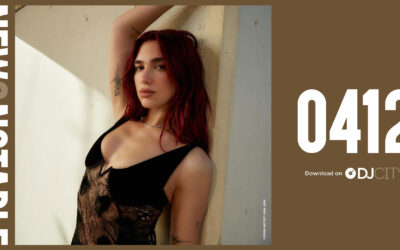
New tracks that DJs should know about.

Here at DJcity, customer satisfaction is crucial, and therefore we always take input and feedback from our customers and DJ community very seriously. Due t...
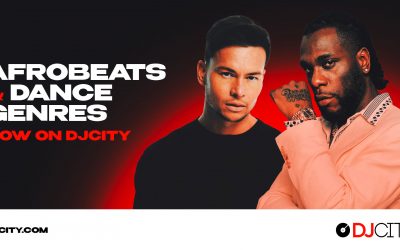
At DJcity, we are always working to make sure that the way our record pool functions reflects the needs of our users. Therefore in our latest update, we sw...
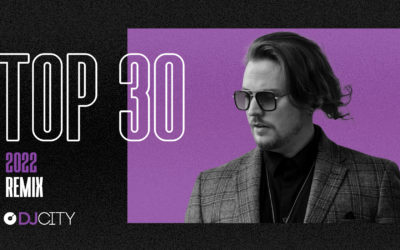
GRAYMATTER. Yesterday, DJcity revealed its most downloaded tracks of 2022. Today, we dive deeper to uncover the most popular remixes, bootlegs, and edits o...
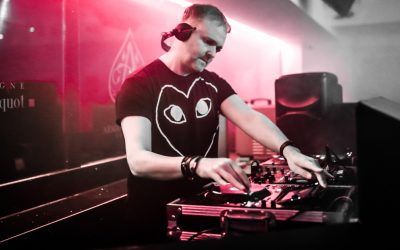
Safety First!. (Source: Safety First!) Veteran Manchester-based DJ/producer Safety First! has released a DJcity exclusive remix of Salt-N-Pepa‘s hip-hop cl...
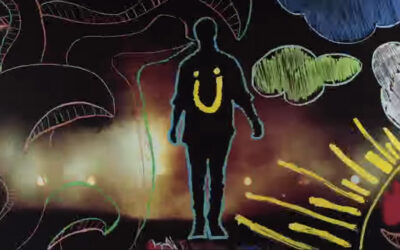
Some fans were skeptical when they discovered that Skrillex and Diplo's debut Jack U album includes a song with Justin Bieber. "Where Are U Now" has...
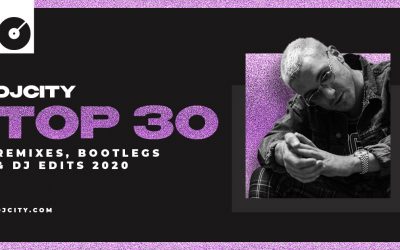
James Hype. Yesterday, DJcity revealed its most downloaded tracks of 2020. Today, we dive deeper to uncover the most popular remixes, bootlegs, and edits o...